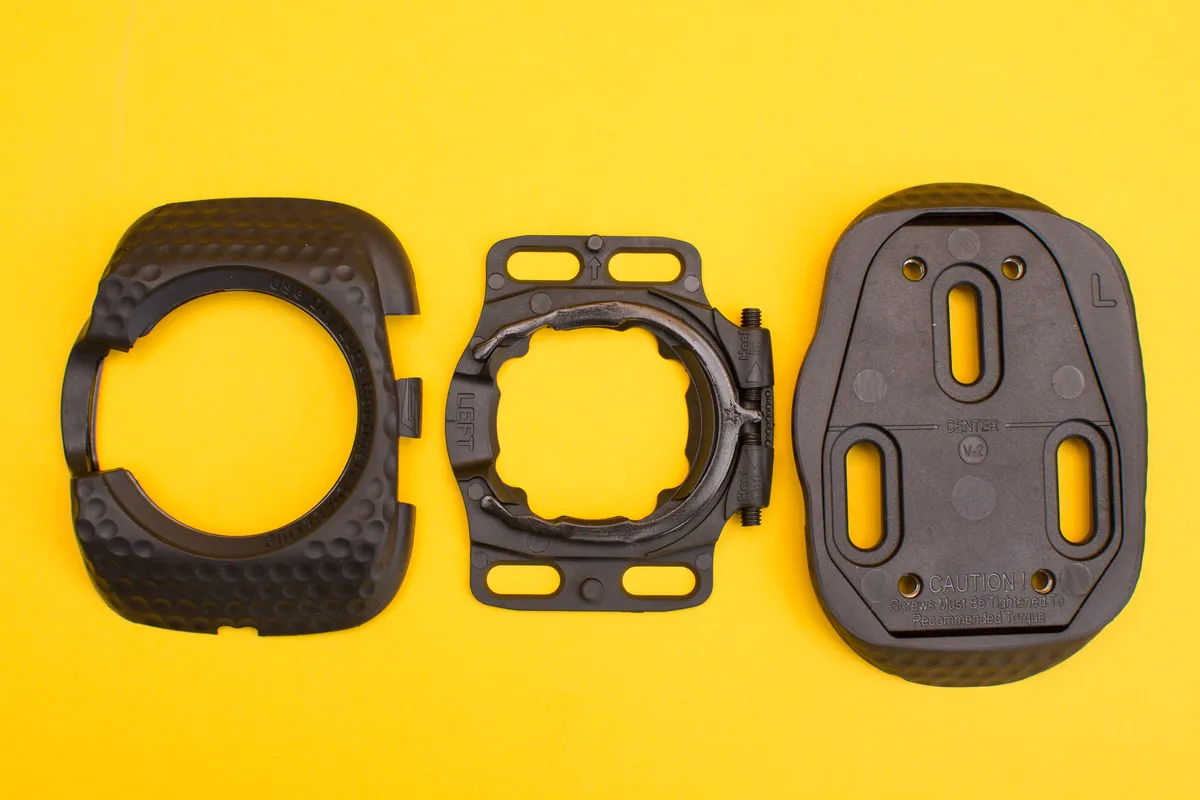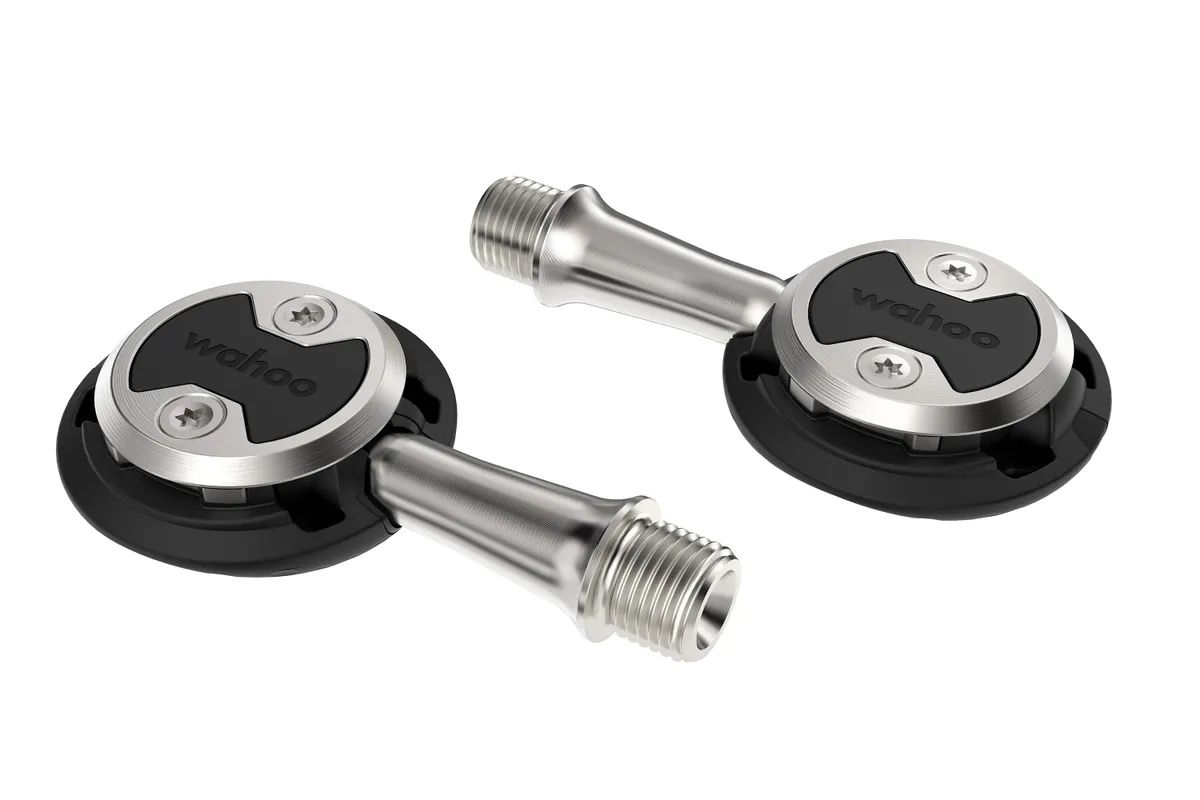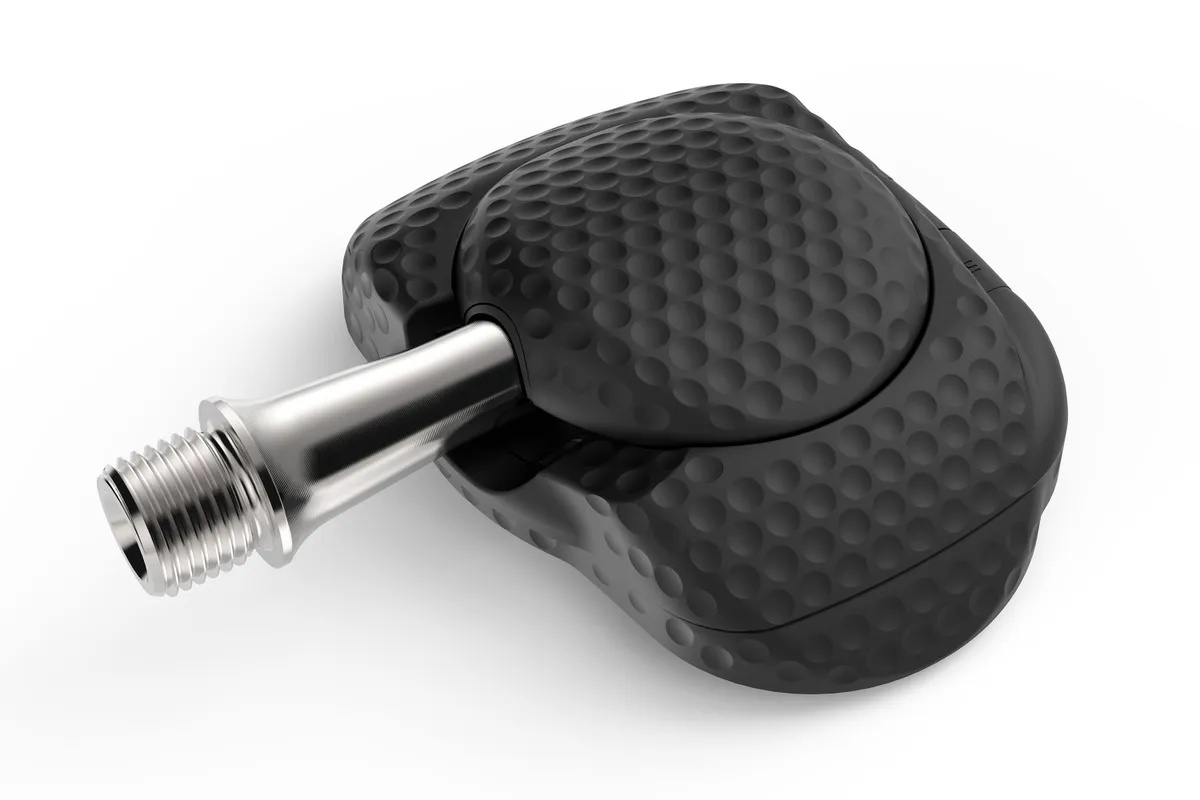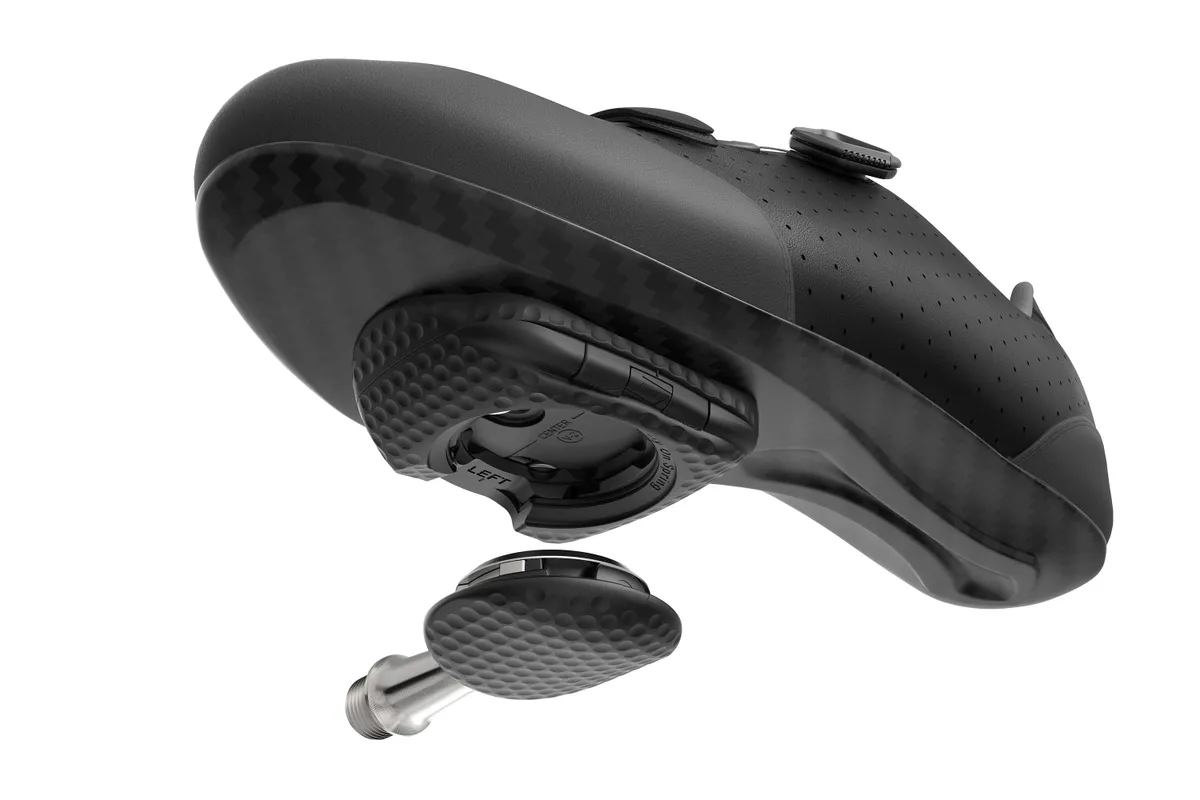In 2019, GPS and indoor training brand Wahoo acquired pedal maker Speedplay and today the brand has announced a refreshed range of four road pedals, with a power meter pedal option to follow later in the year.
Speedplay’s distinctive lollipop-style, double-sided road pedals have been around since the nineties and the Zero model has undergone minimal changes for more than a decade, aside from a few special variants and updates to the cleat.
With pricing starting at £134.99 / $149.99 / €149.99 for the most affordable Comp model, the new Wahoo Speedplays retain the underlying design but have been updated to reduce maintenance requirements and improve user-friendliness.
The new cleats are backwards-compatible with existing Speedplay Zero pedals, but Wahoo will not be providing legacy support for older models of Speedplay, including the Frog and Syzr. The Speedplay Zero Pavé has also been discontinued.
Wahoo Speedplay pedals: four models plus a power meter on the way
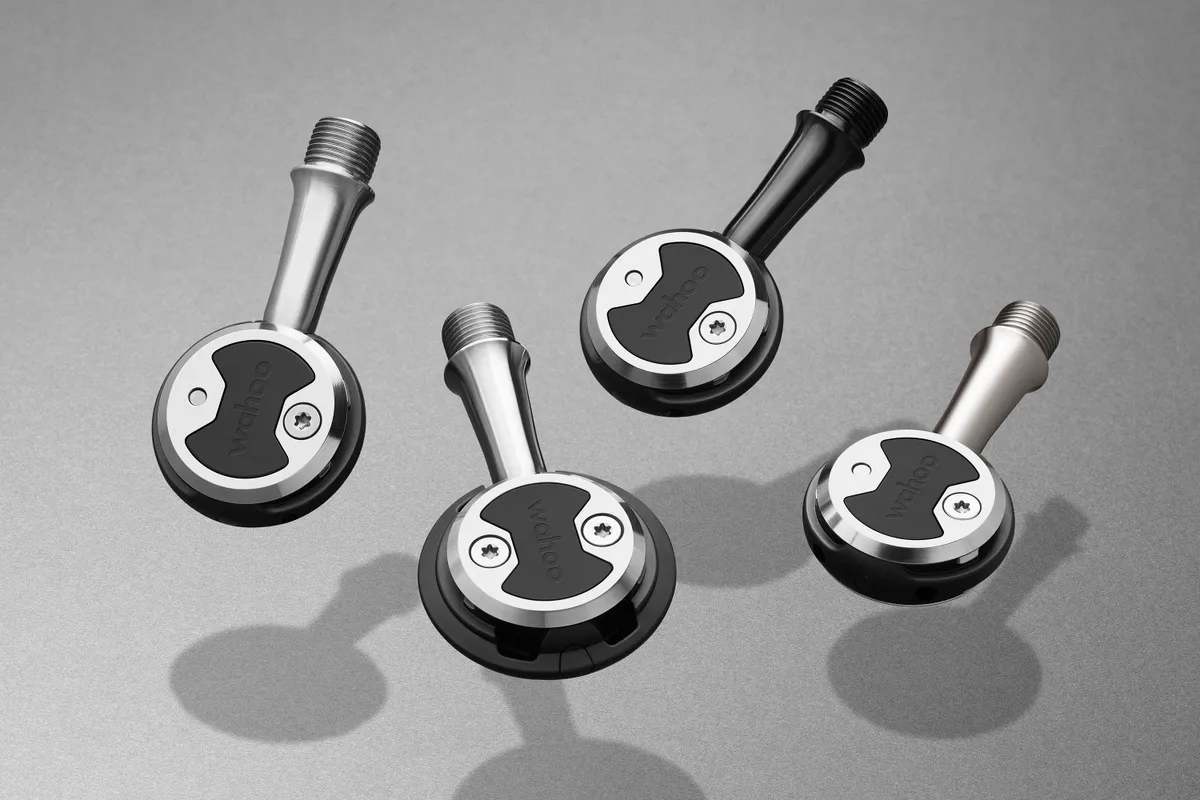
Wahoo will initially offer Speedplay pedals in four models, with a power meter model expected in the summer.
Where previously “Zero” was used for the whole product line, it now denotes the stainless-steel spindle version of the pedal only. Other models are called Comp, Nano, Aero and Powrlink Zero.
The Comp is the most affordable and features a chromoly spindle, while the Nano is the expensive weight-weenie option with a titanium spindle.
The Aero model sacrifices two-sided practicality, with an aero plate on the underside of the pedal to form a smooth surface with the body of the cleat.

We don’t yet have full details of the Powrlink Zero power meter pedal, but Wahoo promises a “seamlessly integrated power pedal” with all the connectivity you’d expect of a modern power meter. From the single teaser image Wahoo has released, it appears the electronics will be housed in small pod around the spindle next to the pedal thread.
There are two cleat options for the Wahoo Speedplay range, and both are very similar to the existing Aero Walkable Zero cleat.
The Standard Tension model is supplied as standard on the Zero, Nano and Aero options, while the Easy Tension – which is more beginner-friendly thanks to a lighter-action spring – ships with the Comp pedal.
The former has an integrated cleat surround for improved aerodynamics and a very clean look on the sole of your shoe.
Both cleats are compatible with all pedals in the range, as well as existing Speedplay Zeros. Like older models, the cleats are four-hole in their native state but ship with adaptor plates and shims to fit standard three-hole road shoes.
Full specs and prices for the new range are below. The weights quoted are claimed figures, not including cleats. Actual weights on our scales for the Standard Tension cleats supplied by Wahoo are as follows:
- Cleats only (pair): 82g
- Cleats (pair) including three-hole adaptor plates, default shims and shorter screw size: 147g
Wahoo Speedplay pedals specs, prices and availability
Wahoo Speedplay Comp
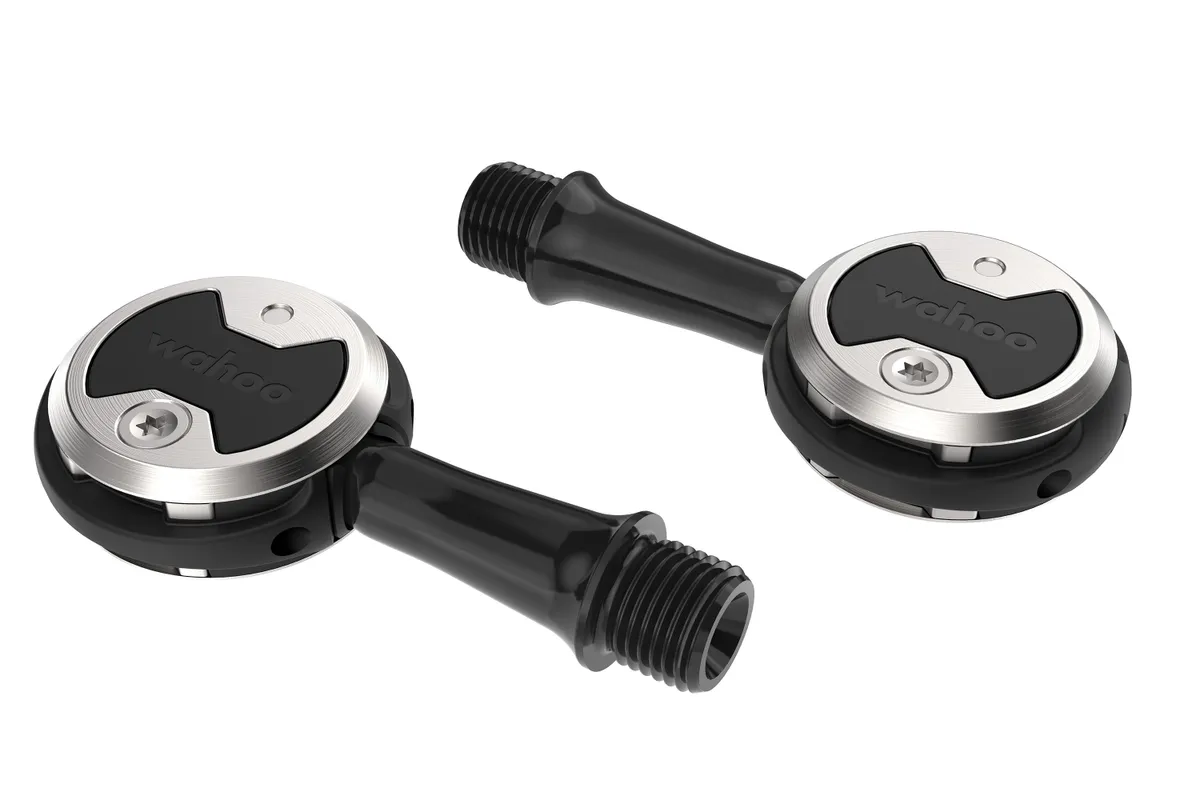
- Spindle: Chromoly
- Cleat: Easy Tension
- Claimed weight (pair): 232g
- Availability: March 2021
- Price: £134.99 / $149.99 / €149.99
Wahoo Speedplay Zero

- Spindle: Stainless steel
- Cleats: Standard Tension
- Claimed weight (pair): 222g (test set 216g actual)
- Availability: March 2021
- Price: £199.99 / $229.99 / €229.99
Wahoo Speedplay Nano

- Spindle: Titanium
- Cleats: Standard Tension
- Claimed weight (pair): 168g
- Availability: April 2021
- Price: £379.99 / $449.99 / €449.99
Wahoo Speedplay Aero
- Features: Single-sided with aero lower body
- Spindle: Stainless steel
- Cleats: Standard Tension
- Claimed weight (pair): 224g
- Availability: March 2021
- Price: £239.99 / $279.99 / €279.99
Wahoo Speedplay Powrlink Zero power meter pedal
- Features: Integrated power meter
- Spindle: Stainless steel
- Cleats: TBC
- Claimed weight (pair): 276g
- Availability: Summer 2021
- Price: TBC
How are Speedplay pedals different?
Speedplays never dominated the market in the way that Shimano or Look pedals have, but they enjoy an enduring popularity thanks to their customisability and unique – for the road market – double-sided offering.
Over the years, Speedplay pedals have been raced at the highest levels of road racing, time trial and triathlon by pros including Fabian Cancellara, Bradley Wiggins, Kristin Armstrong, the Brownlee brothers Jonny and Alistair, and numerous others.
The Zero’s USP was that it offered fully adjustable, unrestricted float, with no spring trying to nudge your foot back to centre. This was achieved by building float into the cleat – which fits over the pedal rather than into it – so that the pedal itself is simply a body riding on bearings, with no other moving parts.
Along with other adjustment options (stack height, spindle length), this made it popular with bike fitters and riders with specific biomechanical concerns.
Other claimed advantages included better aerodynamics, low weight, better cornering clearance and low stack height compared to the competition.
Wahoo Speedplay vs. Speedplay Zero: from “lollipop” to “bottle cap”

All the features that set the original Zero apart are retained with the new Wahoo Speedplays, and the most immediately obvious change is to the body of the pedal.
Where previously a significant part of the top and bottom of plastic pedal body was in contact with the cleat, the new design has a metal plate that wraps round the circumference of the pedal.
This is designed to improve durability and prevent the ‘rocking’ play that affected the old design as the pedal bodies wore.
Wahoo’s UK rep Rowley Clifford calls the new design the “bottle cap”, differentiating it from “the lollipop” of the old design although, if anything, the change makes it look more like the sweet than ever.

Wahoo has dropped the old pedals’ spanner flats in favour of hex key spindles – all models now install with an 8mm spanner except the Nanogram, which uses a 6mm.
While this may make pedal swaps in the workshop slightly more of a hassle – undoing hex key pedals is invariably more difficult – it makes for a cleaner look and means travelling riders won’t need to pack a dedicated pedal spanner (assuming they have a multi-tool with suitable bits).
Perhaps the most significant update from a long-term ownership perspective is a move to fully-sealed, non-serviceable bearings.
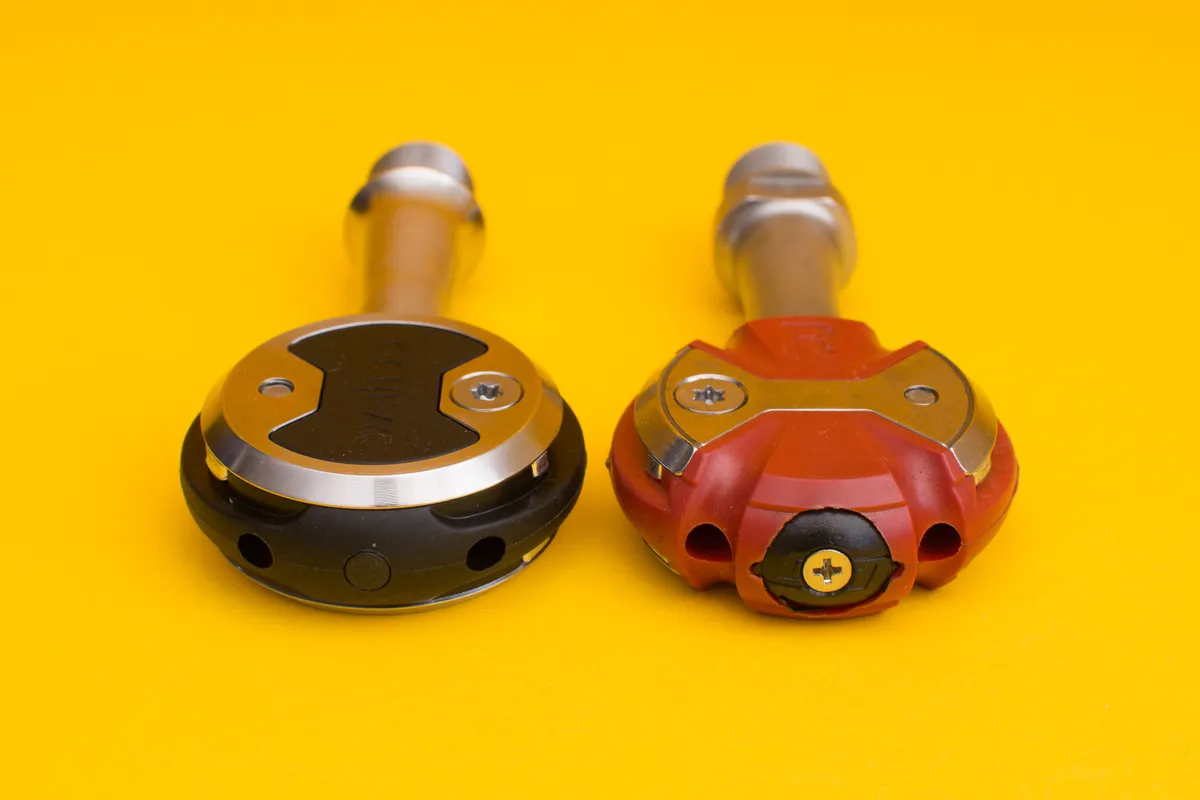
Where the old Zero had a grease port at the end of the pedal body and riders were advised to pump grease through at regular intervals, Wahoo’s pedals use “triple-sealed” bearings that are designed to last the full life-time of the pedals – Clifford suggests this might mean a seven to 10 year lifespan, but that will obviously depend on usage.
The aim, according to Wahoo, is for a better rider experience overall. While it’s still advised to apply dry lube to the cleats periodically, no other regular maintenance is needed, and the brand says the new pedal won’t continuously weep grease from the seal at the spindle like the old model.
The ability to adjust fit and customise was always central to Speedplays’ appeal, and Wahoo plans to offer riders similar options.
All models will ship with 53mm spindles as standard, but alternative lengths will be offered along with leg length shims to adjust stack height.
Wahoo has sent us a set of Speedplay Zero pedals to test, and we’ll be bringing you a full review in due course.
In the meantime, look out for the new pedals on WorldTour team bikes from Canyon//SRAM and EF Education–Nippo (formerly EF Pro Cycling).

